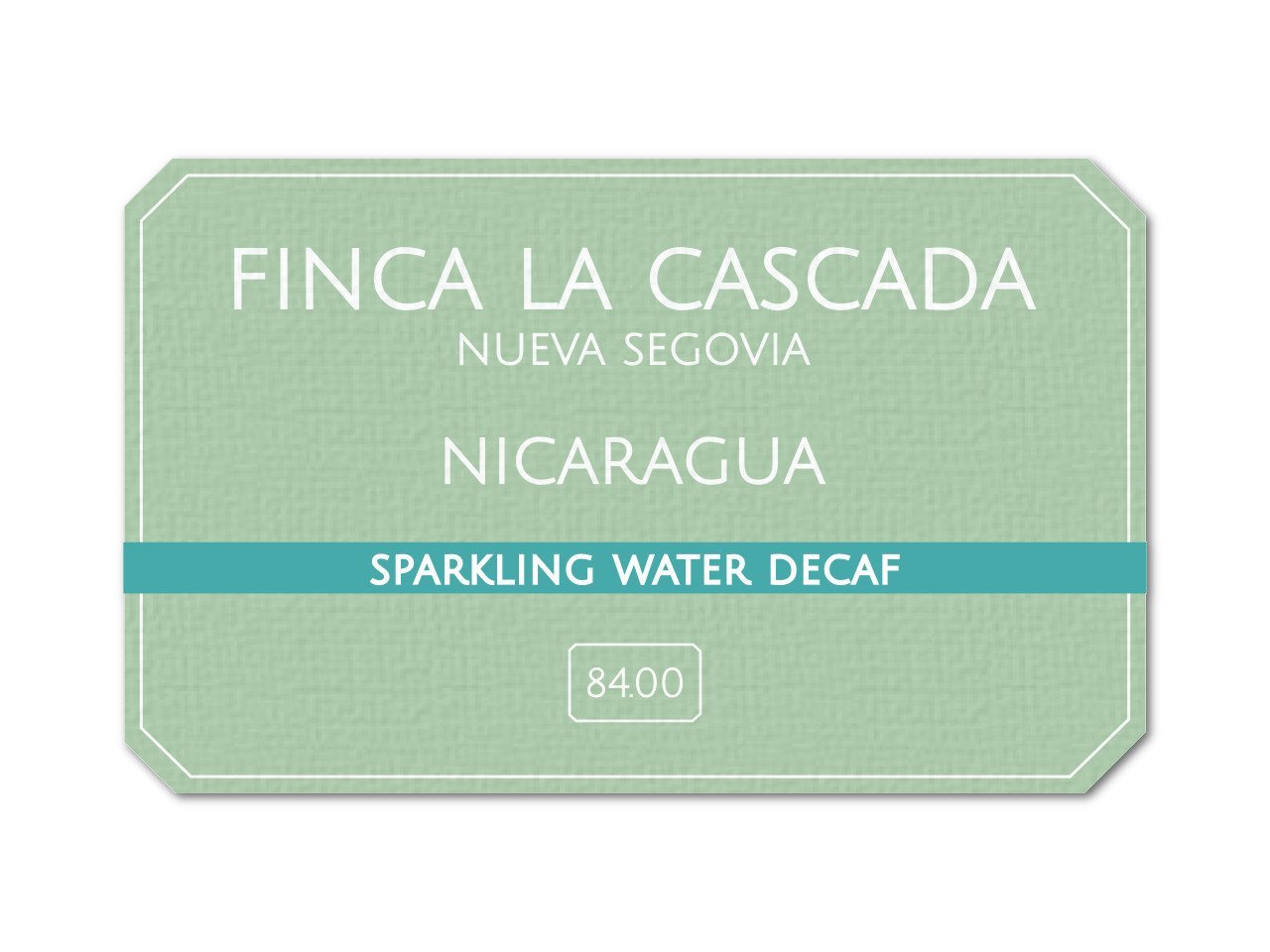CUP SCORE 84.00 (scaa cup protocol)
Dark chocolate, walnut, raisin, brown sugar
suggested for espresso
PLEASE NOTE
We roast to order all coffees on Wednesday and Saturday, dispatching on next working day. Cut-off time is 8am UTC+1
Technical detail
Luis Alberto Peralta Nicaragua
Producer Country
Nueva Segovia 1200-1350 mt
Washed Caturra & Pacamara
January 15 December 15
6000 kg GrainPro bag
Lot size Arrived in
Self-made
Rubens Gardelli drum roaster
Roast profile by Roasted on
THE STORY BEHIND
Finca La Cascada is a 50 hectare farm situated in the mountainous region of Dipilto in Nueva Segovia and can be found at altitudes of 1200 to 1350 meters above sea level. The farm receives annual rainfall of 1600 millimeters and has six streams running through it to join the immense El Volcan River. This stunning farm has been handed down from one generation to the next, though the current owner Luis Alberto Peralta has owned Finca La Cascada since 1972 and Señor Jose Lopez now manages the farm alongside 60 permanent workers and 125 pickers during the harvest.
Ripe cherries are handpicked and sorted between December and March. There is a wet mill on the farm where the ripe red cherry is deposited and weighed from each picker. The cherries then enter floatation tanks where ripes and unripes are separated by density. Ripe dense cherries are then pulped to remove the skin leaving the sticky beans to be fermented for between 14 and 18 hours before being washed in channels. The washed beans are then taken to the drying patios at the nearby mill of San Ignacio where they are regularly turned by rake to ensure good, even drying. The overall drying will take around 10 to 12 days.
The Sparkling Water CO2 Process
This process was first discovered by a scientist called Kurt Zosel at the Max Planck Institute for Coal Research in 1967 as he was looking at new ways of separating mixtures of substances. In 1988, a German decaffeination company called CR3 developed this process for decaffeination whereby natural carbon dioxide (which comes from prehistoric underground lakes) is combined with water to create ‘sub-critical’ conditions which creates a highly solvent substance for caffeine in coffee. It is a gentle, natural and organically certified process and the good caffeine selectivity of the carbon dioxide guarantees a high retention level of other coffee components which contribute to taste and aroma.
The process is outlined below:
1. The green beans enter a ‘pre-treatment’ vessel where they are cleaned and moistened with water before being brought into contact with pressurized liquid carbon dioxide. When the green coffee beans absorb the water, they expand and the pores are opened resulting in the caffeine molecules becoming mobile.
2. After the water has been added, the beans are then brought into contact with the pressurized liquid carbon dioxide which combines with the water to essentially form sparkling water. The carbon dioxide circulates through the beans and acts like a magnet, drawing out the mobile caffeine molecules.
3. The sparkling water then enters an evaporator which precipitates the caffeine rich carbon dioxide out of the water. The now caffeine free water is pumped back into the vessel for a new cycle.
4. This cycle is repeated until the required residual caffeine level is reached. Once this has happened, the circulation of carbon dioxide is stopped and the green beans are discharged into a drier.
5. The decaffeinated coffee is then gently dried until it reaches its original moisture content, after which it is ready for roasting.
There are several benefits to using this process for decaffeination:
• The agent used for extracting the caffeine is entirely natural and the process can be classified as ‘organic’ due to the complete lack of chemicals used throughout. There is also no health risk by consuming coffee that has been decaffeinated in this way.
• The way the process works means the other compounds in the green bean are left untouched, meaning decaffeination has no effect on the flavour and aroma of the finished product. The carbon dioxide is very selective and doesn’t extract the carbohydrates and proteins in the green bean which contribute to flavour and smell.
• The cell structure of the green bean and the finished roasted bean is unchanged which is of great advantage when working with speciality coffees.
• The by-products are 100% natural and recyclable.



